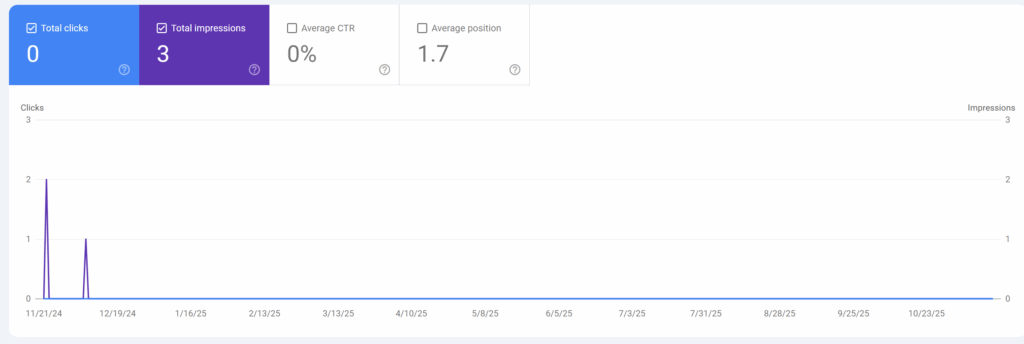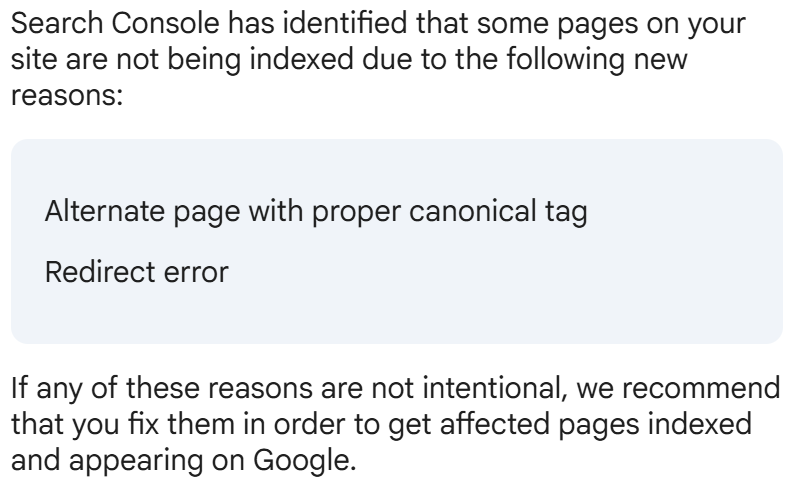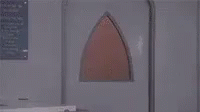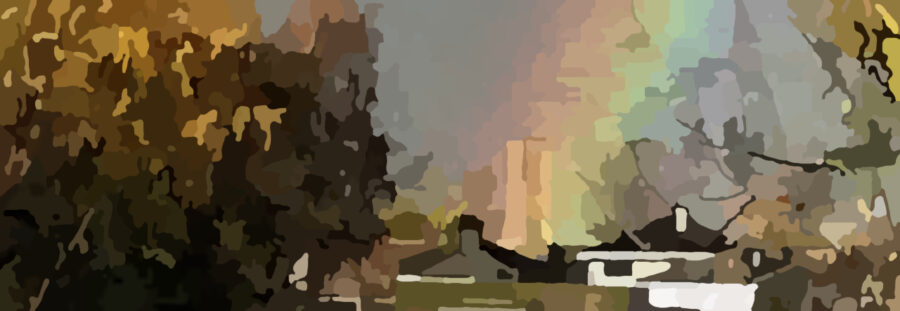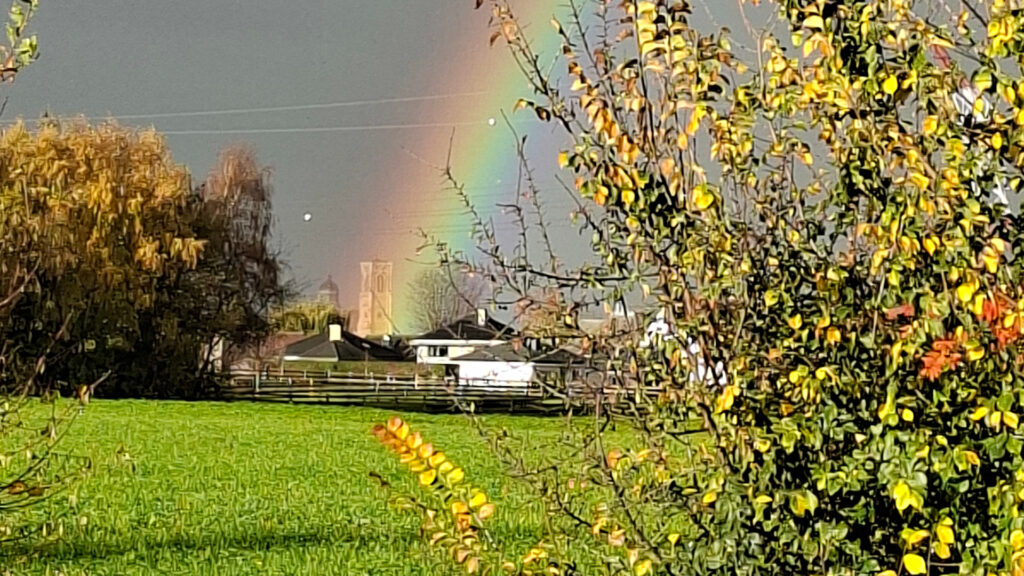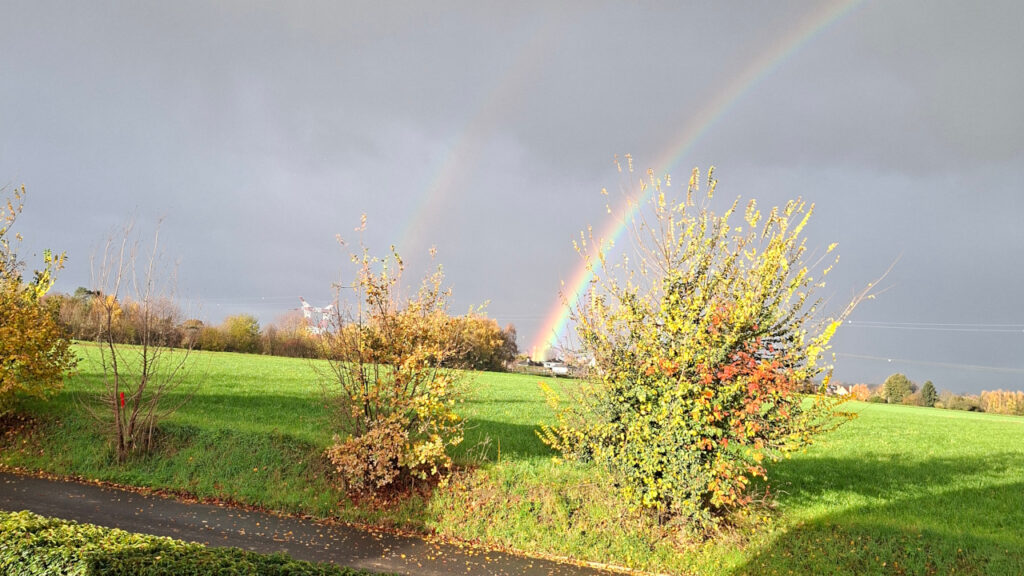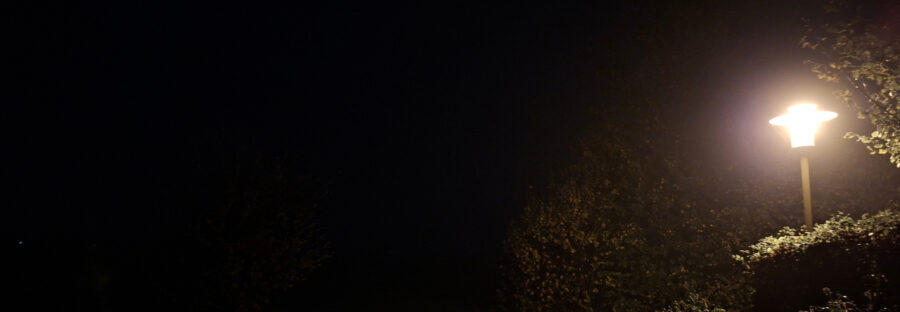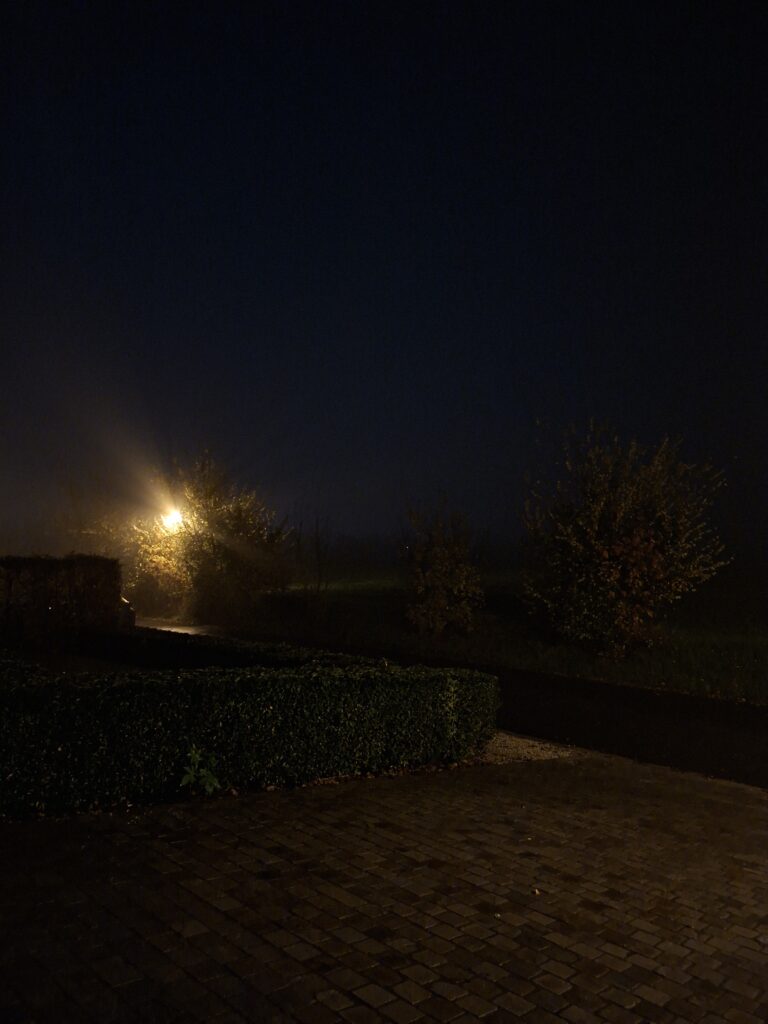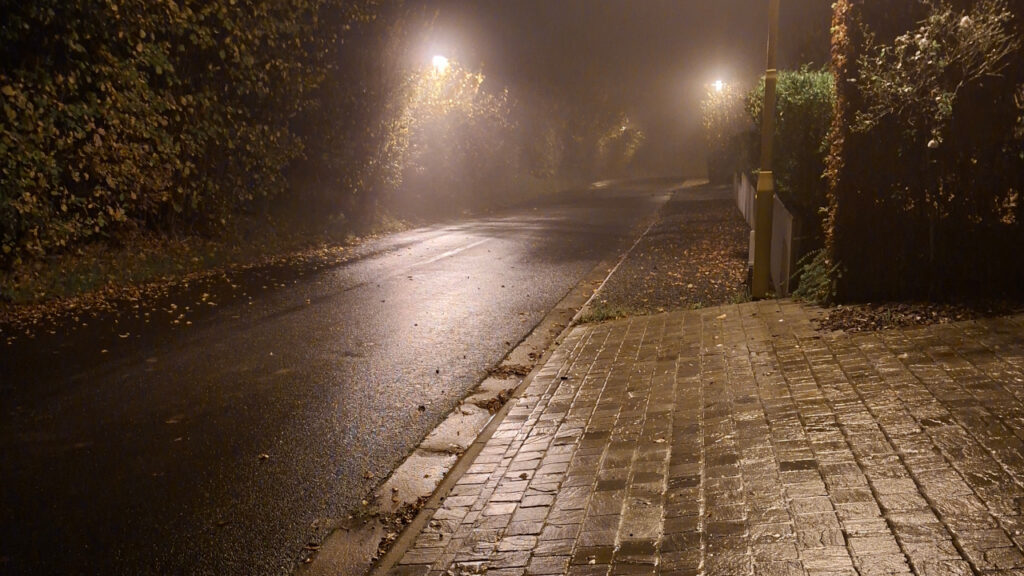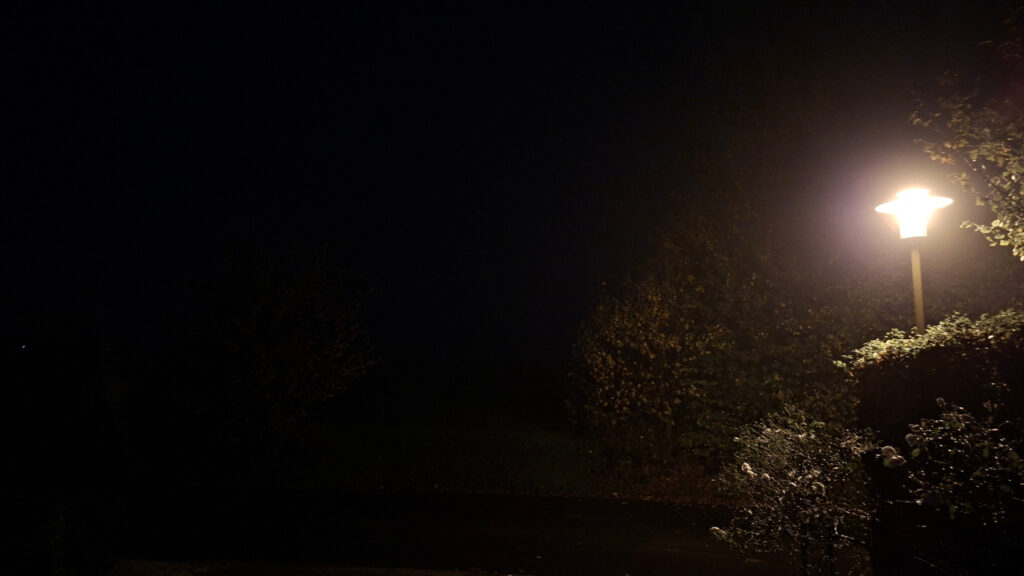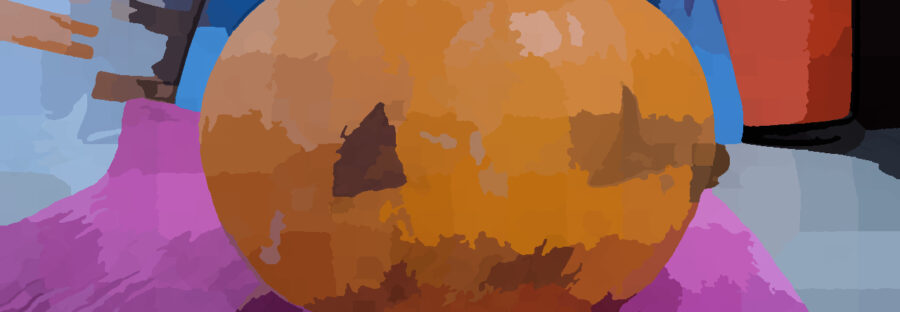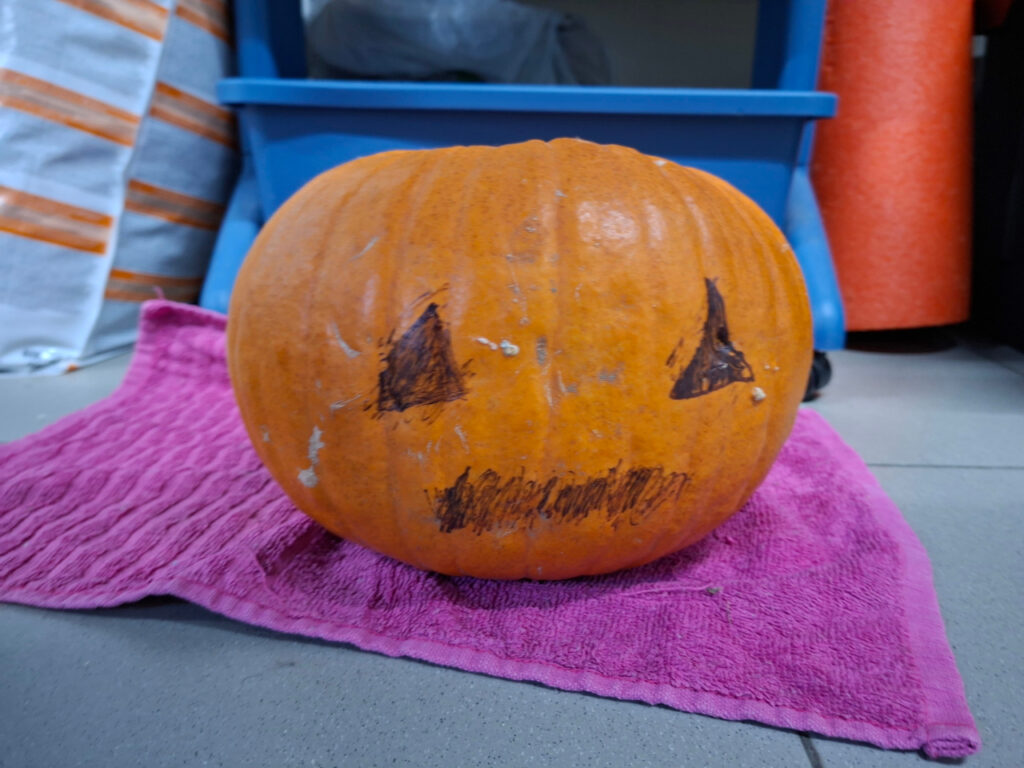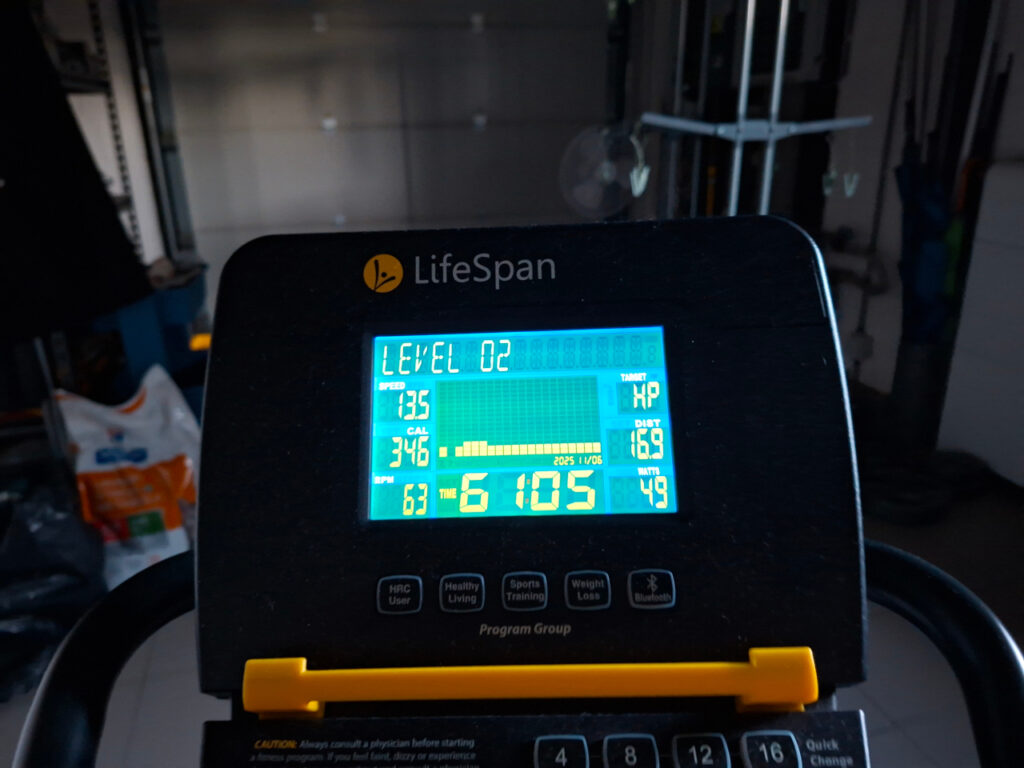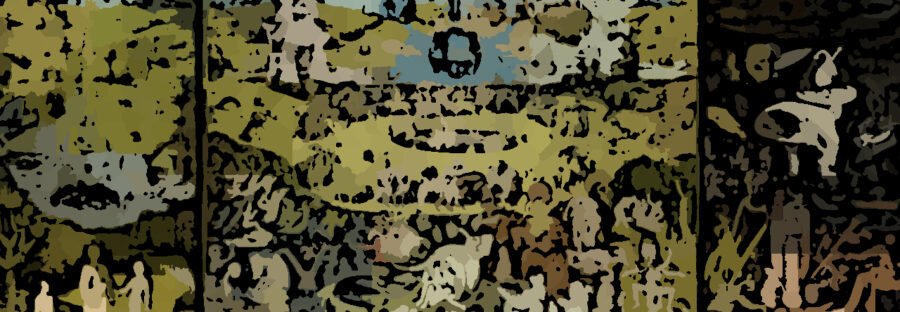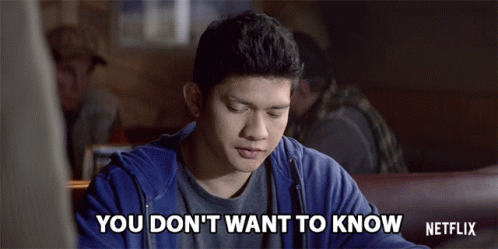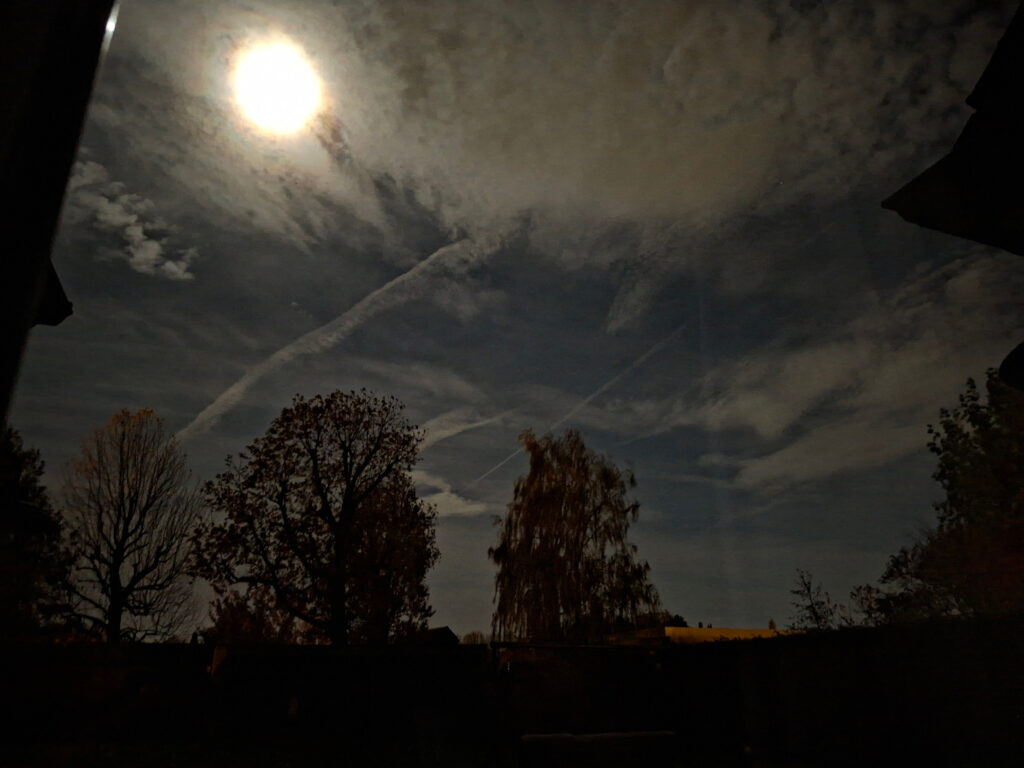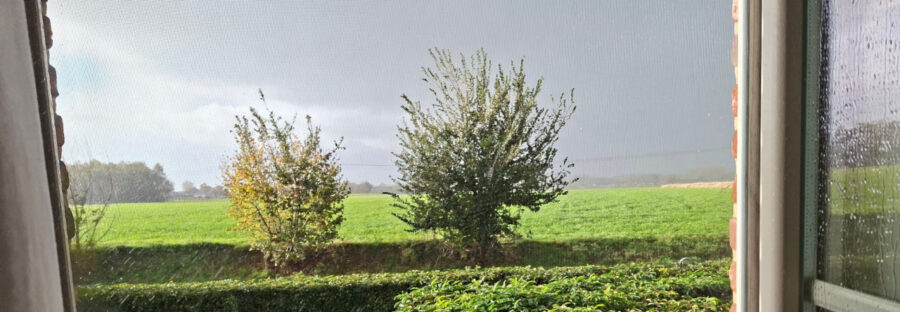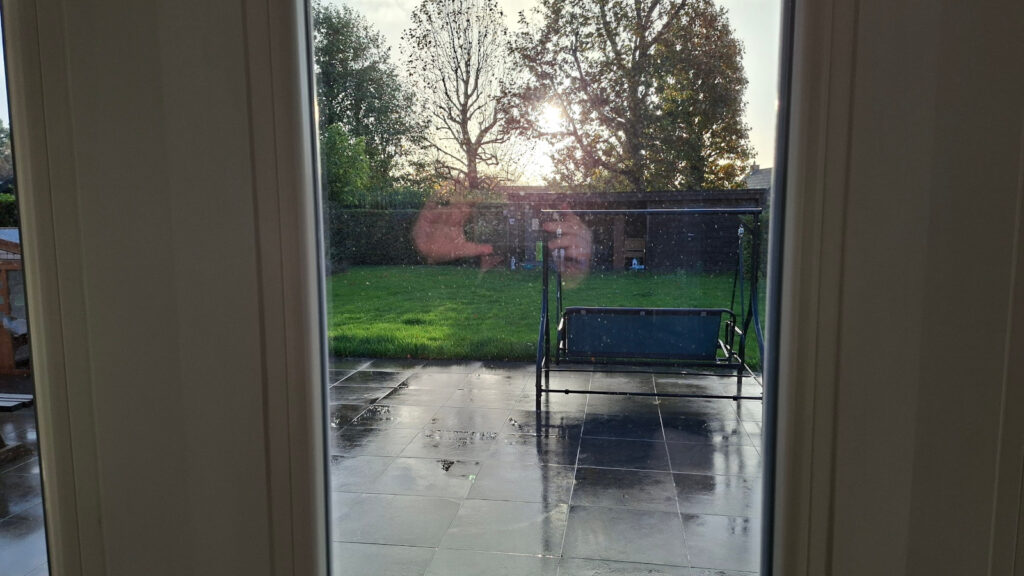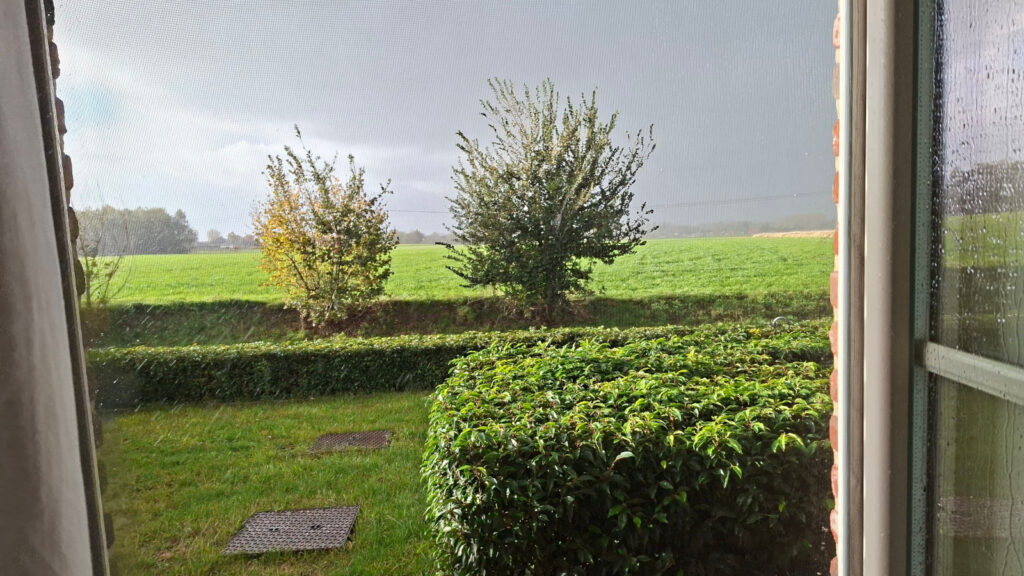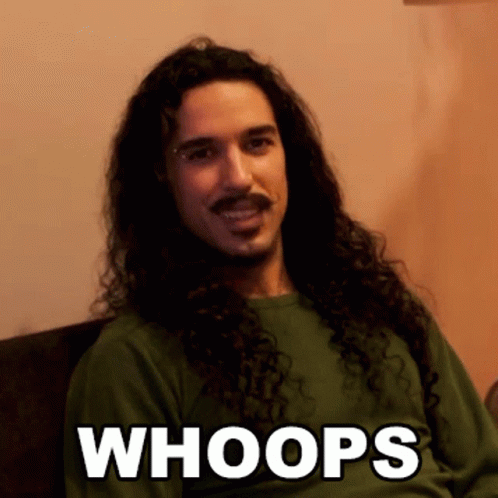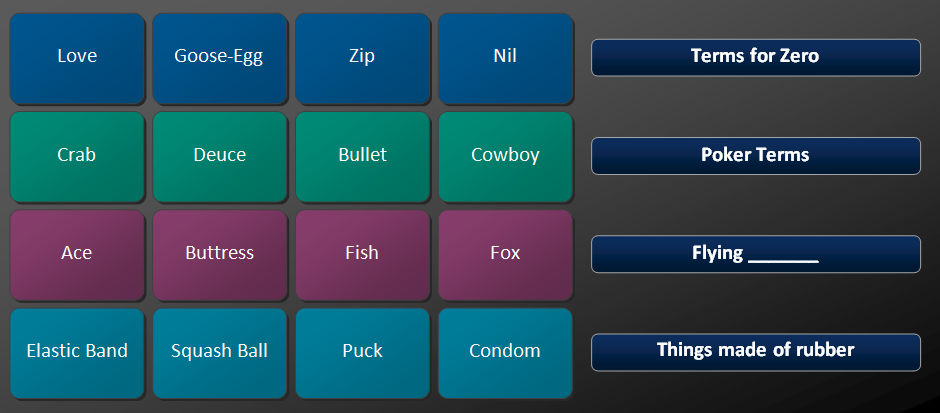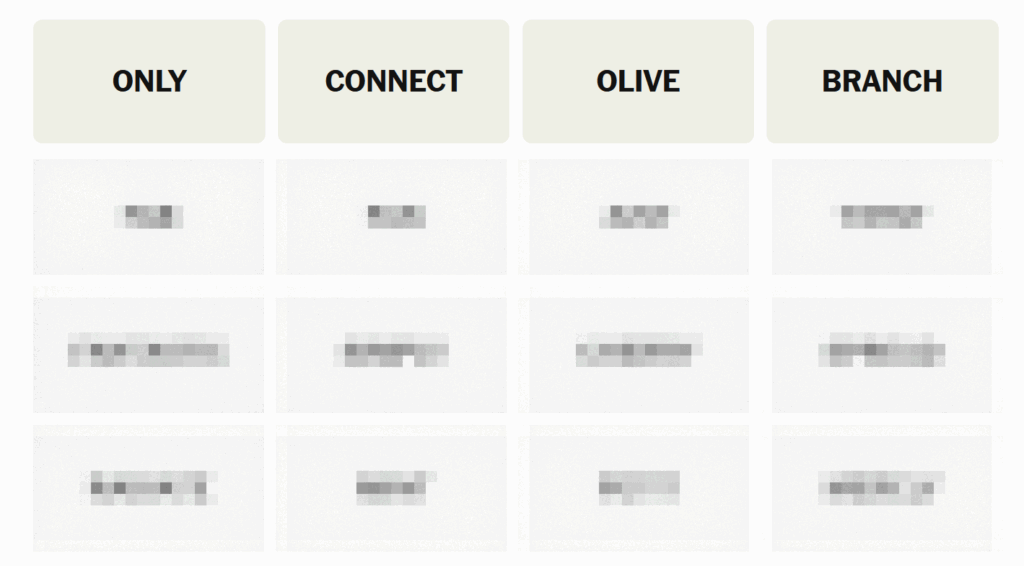
A few years ago, Miyoko Creamery’s Vegan “Butter” [that’s it, I have fulfilled my irony quote duties for the evening, EU] was simply the best there was. Hands down. No contest. It was so good that several times it was my treat food. Instead of candy or snacks I would get it and then just enjoy it over the next several days.
Then stuff happened. And then more stuff.
The end result is that one of the absolute icons of the vegan and plant-based lifestyle has her name associated with a product that she is not actually affiliated with and has no control over. Which is shame.
And, frankly, is one of the reasons I think corporate veganism needs to…well, not die…but cease to be the face of vegan discourse.
I DIGRESS…
The good news is that Miyoko has released a video showing her current take on The Real Miyoko’s Vegan Butter:
Considering I have no real care to support the Schinner-less brand AND the fact that I cannot get said butter over here, anyhow, I am all in. Miyoko Schinner is a wonderful cook and I highly recommend you see her videos.
Just in case you are curious, my other favorites (in alphabetical order) are:
- Andrew Bernard | The Nard Dog Cooks
- Derek Sarno
- Mary’s Test Kitchen
- Plant Based Bistro
- Rainbow Plant Life
- Sauce Stache (especially his older, more experimental food vids)
- Thee Burger Dude
- Yeung Man Cooking
Which one will vibe with you depends on a lot of factors but they each do things that I absolute love. Pick one at random and go from there.
Speaking of Vegan Foods, Doug’s Vegan Roast
While typing this up I am cooking my take on a vegan roast. It is partially a known recipe, partially an experiment. It smells reallllly good. The plan is to cook it, then cool it off, then freeze it, and then re-cook it tomorrow.
It is the “standard” vegan roast of tofu + vital wheat gluten + flavors. At its core, it is somewhere between Thee Burger Dude’s Homemade Vegan Deli Meat and Sarah’s Vegan Kitchen’s Homemade Vegan Deli Slices. Leans more to the latter but I think looking at both will give you an idea of how forgiving the differences are.
It roughly goes like this: take a block of tofu. How big? Doesn’t matter, really. Then, for around every 150g/5(ish)oz of tofu, you want to add in what I’m going to call half a cup of vital wheat gluten. I don’t know precisely how many grams it is because I take a measuring cup that is basically 4-liquid-oz and just whack it in. I could measure it, but it’s not really necessary. It can vary.
Then, also, for each of those “units” of tofu, you want around 15ml of olive oil and soy sauce. And roughly the same by volume measure of nutritional yeast.
In more American units, a pound block of tofu will need 1.5 cups of gluten (up to 2 works, but you might need a bit of water). Then 3tbsp of oil and 3tbsp of soy sauce and 3tbsp of nutritional yeast. You can also, like me, just pour it in and hope.
At this point, it starts to be up to you. I tossed in a few spoonfuls of flavoring: onion powder, garlic powder, ground mushrooms, a spicy blend I made. How much flavoring? I don’t know. Enough. I add this early with the tofu and whip it in a food processor until it’s a paste and taste it. I want it to taste strong. Not so strong that I hate it. But maybe 150% – 200% as strong as I need it to be at the end.
Pardon the pun, but go ham. Black pepper. MSG. Brown sugar. Add a bit at a time to hit the vibe. I like mine a bit spicy and a bit smokey. I had pan roasted the spice blend (which had paprika, cumin, coriander, chili peppers, and some other stuff, and was ground up afterwards) so that worked for me. Just toss in some stuff and then figure out what you did and did not like about it.
THEN you mix in the vital wheat gluten. Depending on how wet the tofu is, you might need to add in some water. With the above, I needed about 30-40ml of water extra. I like to add in a bit of baking powder. The general rule of thumb I go for is: if you make VWG to be cooked wet, use vinegar; if you are going to dry cook it, use baking powder. Both help to balance the flavor of the strong gluten taste.
Process until it is chunky and a bit damp but well mixed. Take it out. Split it into three or four, and then put each bit back into the food process and work it for a few minutes. It will go through a stage where it looks like ground meat and then sort of clump up into a dough ball. That works. Take that out and flatten it. Do it with the others. Finally, kind of mash it all together.
Where I diverged is I took that second ball of dough and I broke it up into 7 or 8 pieces. I took each piece and ran it back through the food processor on high until it got very gluten-y. Then I rolled that into a long strip. Like a little gluten snake. I would do it for 2 or three and weave them together and then take an un-extra-processed one and sort of use that to fill in the gaps. The idea was to add in variance to the textures.
Once it was assembled for the third time, I wrapped once in parchment paper and then three times in aluminum foil [ours is a bit small, here]. It is a wily beast. If you don’t wrap it tightly, it will expand a lot. You can also do a few things like pan fry it to try and lock up in a shape.
Then I bake it at around 180(ish)C for a little over an hour. Turning it ever so often. In this case, because our local tofu comes in half-kilos, I’m giving it an extra ten minutes.
Take it out, let it cool.
Like I said, I will then freeze it overnight and thaw it in the morning. This process does some interesting things with the gluten strands.
I’ll try and remember to edit in a picture after all is said and done.





